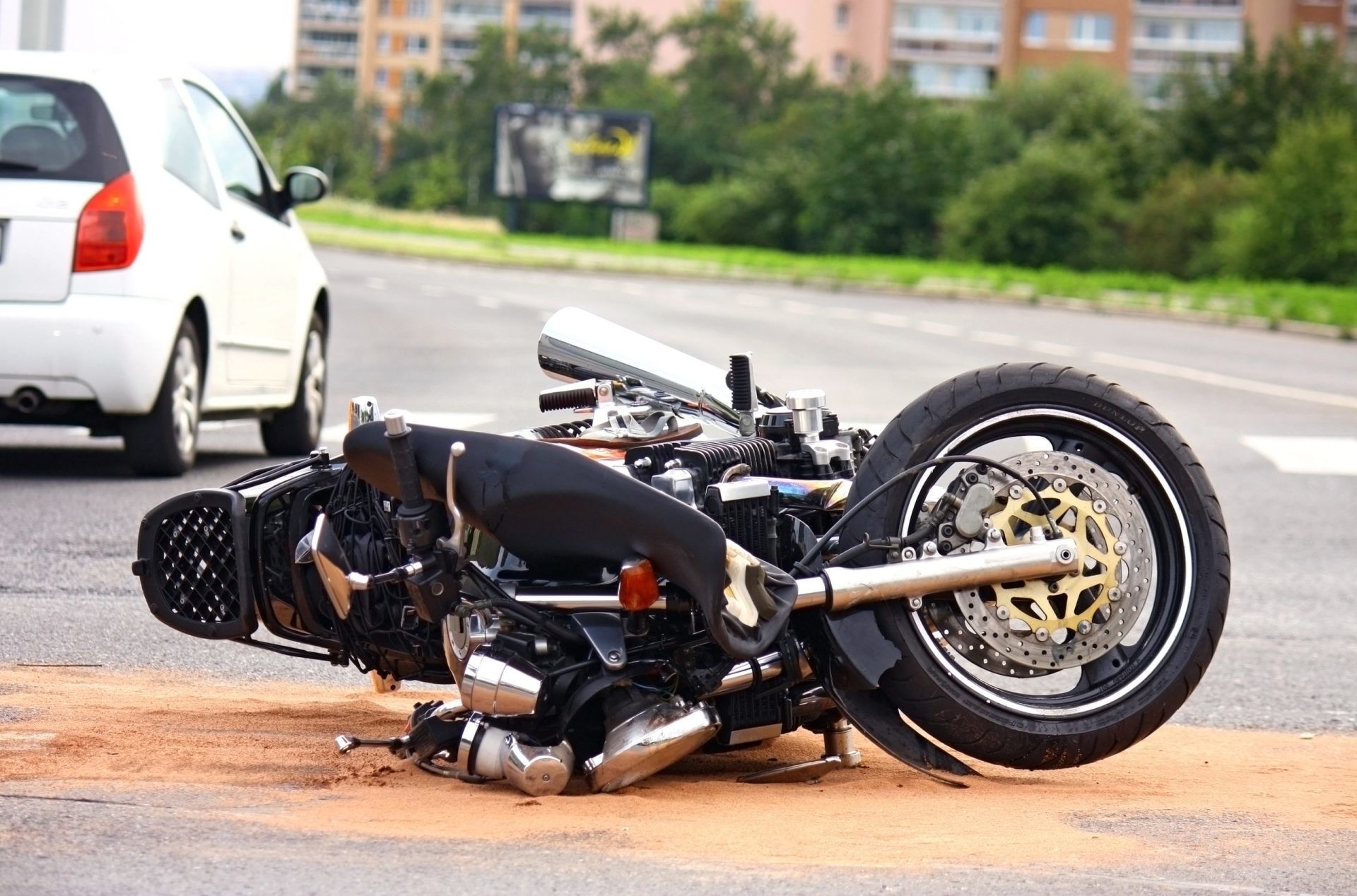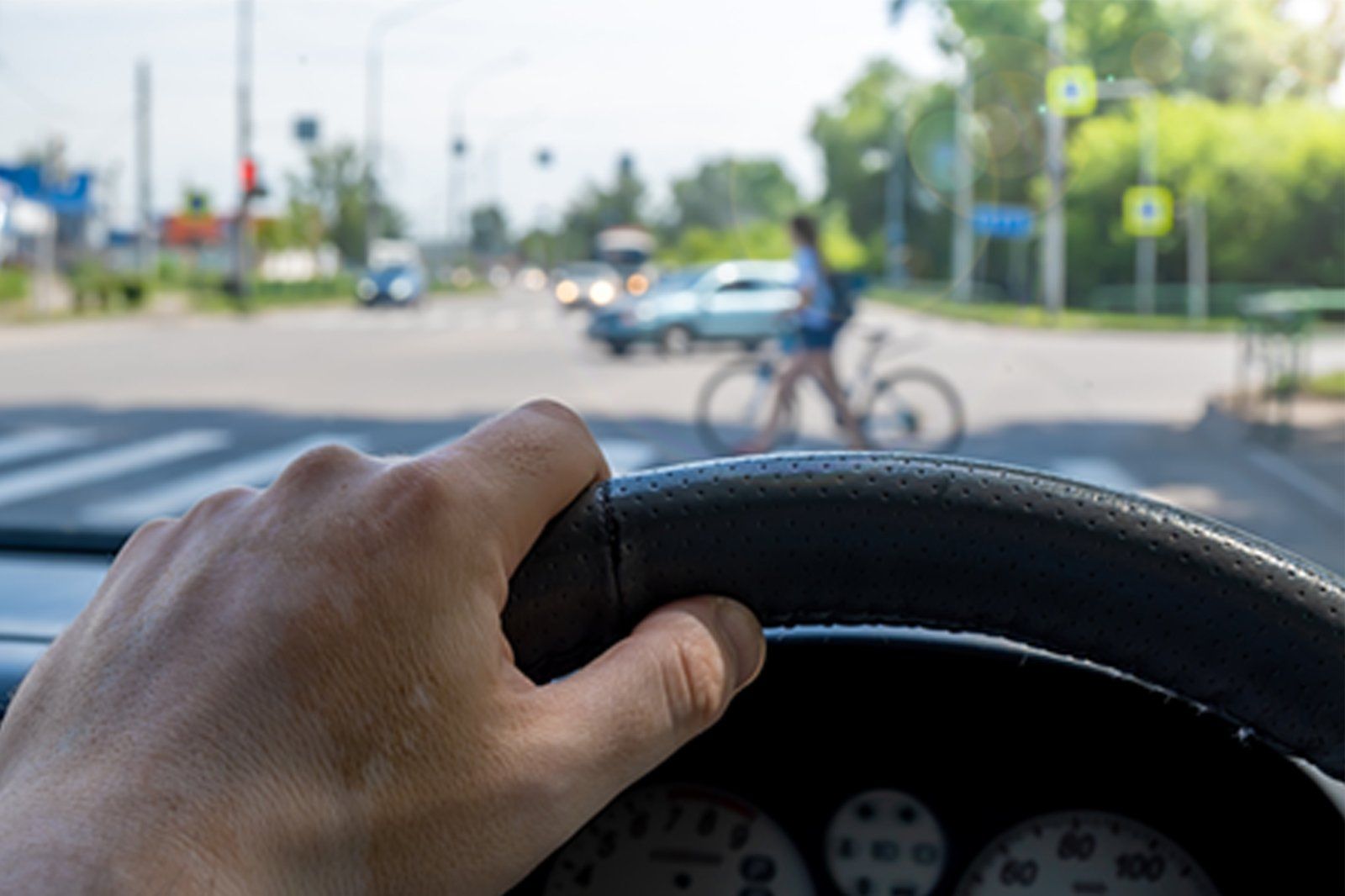Slip and Fall Construction Injuries: What You Need to Know
Hundreds of thousands of people are injured by slip/trip and fall accidents in the workplace each year, and hundreds die from them. These accidents harm both the worker and the employer with worker’s compensation and medical expenses costing around 70 billion annually. That number doesn’t cover the mental and emotional distress that many victims feel for years after they are hurt.
Most industries suffer from these accidents, but construction has more than its share of workers injured in this way. In fact, falls are the leading cause of death in the construction industry. In 2017 alone, there were 366 fatal falls and thousands of falls leading to injury.
Slip/trip and falls are a unique challenge for the construction industry. If you are injured in such an accident, you need to understand your options. Recovery is often long and painful. In many cases, you will need to hire an attorney to get the financial compensation that you need.
Slip/Trip and Fall Prevention
According to OSHA, many of these falls can be prevented if the employer, with the help of the workers, takes the proper precautions. Debris, slick spots and hazardous stairs and ladders are the main causes of these injuries, so careful maintenance and simple cleaning can help keep workers safe. This means that each worksite needs to focus on safety at all times.
The government expects construction supervisors to do the following safety tasks:
- Keep passageways clear of clutter and in good repair
- Have workers clean up after themselves
- Return tools and other equipment to their storage spots after use
- Choose flat floor mats with beveled edges made of non-sliding material
- Enforce proper work footwear regulations
- Keep holes and openings covered and provide a toeboard when necessary
- Clean up any wet or damp spots immediately
- Inspect ladders regularly and never use them horizontally
- Install railings on open-sided floors when needed
- Follow scaffold requirements
OSHA dictates these and other steps to make construction sites as safe as possible. Of course, these sites are inherently hazardous, so accidents will never be eliminated. You can be injured by equipment, other workers and faulty building practices. If you suffer a slip/trip and fall accident at your worksite due to employer negligence, you will have grounds for a lawsuit.
Slip/Trip and Fall Compensation
In a personal injury lawsuit, such as one for a slip/trip and fall, the damages are usually compensatory. This means that the amount awarded is meant to replace what you lost as a result of the accident, although sometimes that is an impossible task. Types of compensatory damages include money for medical treatment, lost income, property loss, pain and suffering, emotional distress and loss of enjoyment. In some cases, an award may be made for loss of consortium, or the inability to maintain a sexual and/or emotional relationship with a partner. The amount of your award may be less if you contributed to the accident in any way. For instance, perhaps the floor was wet due to an ignored leak but you weren’t wearing safety shoes. In that case, you would be considered partly to blame, and your settlement would reflect that.
Punitive damages may be awarded in cases where the defendant’s behavior was negligent or otherwise glaringly improper. These funds are not meant to help the plaintiff to recover but to punish the offender so that they change their behavior. In most cases, the employer won’t go to jail for negligence, but they may lose a lot of money due to their actions. In recent years, these punitive damages have sometimes been so large that certain states have taken action to limit the amounts that can be awarded. When the amount gets too large, it can drive the employer to bankruptcy, which means you may get nothing.
The amount of your settlement will vary according to the severity of your injury and the circumstances surrounding it. If you go to trial, the amount might be in the hands of an unpredictable jury. The awards can range from a few thousand dollars to hundreds of thousands. In rare instances, you could receive even more.The majority of damage awards come through a settlement before the case goes to trial. Your attorney can give you an idea of what to expect in the way of damages, but there is no way to predict the amount with certainty.
The good news is that most injury settlements are not taxable. The exception is if you itemized medical expenses related to your injury in the year or years before you receive your settlement. In that case, you would have to declare that amount of your monetary award. Even emotional pain and suffering is not taxable if it stemmed from a physical injury.
If you are injured in a slip/trip and fall while on a construction site, you will need excellent medical and legal help in order to recover. In Chicago, these accidents happen frequently due to a thriving construction industry in the area. Whiteside & Goldberg, Ltd. successfully handles many of these cases.
Whiteside & Goldberg
Whiteside & Goldberg understands the construction industry and knows how to get you the best settlement possible for your injuries. You can take advantage of their free consultation before committing to any action. If you do become a client, you will pay them nothing until your settlement is finalized. The firm has a hugely successful track record in personal injury awards.
For more information on how Whiteside & Goldberg can help with your slip/trip and fall injury, call 312-334-6875 to reach the Michigan Avenue location or 815-730-7535 to contact the Shorewood office. A construction site accident can be devastating. You need expert legal representation to get the compensation that you deserve.
The content of this blog is intended for informational purposes only and does not constitute or establish an attorney-client relationship, nor constitute legal advice. If you wish to discuss any further aspect of the material contained herein, please contact an attorney at Whiteside & Goldberg, Ltd.





